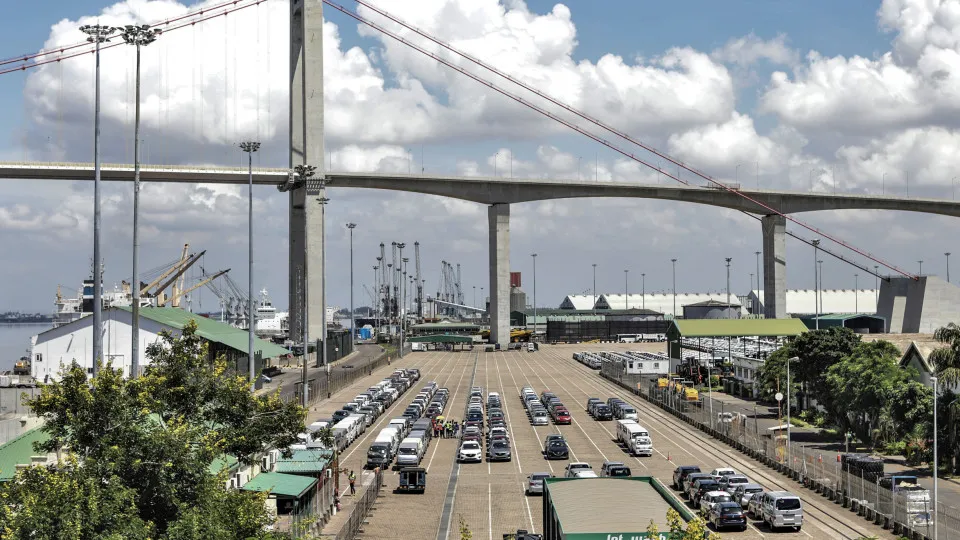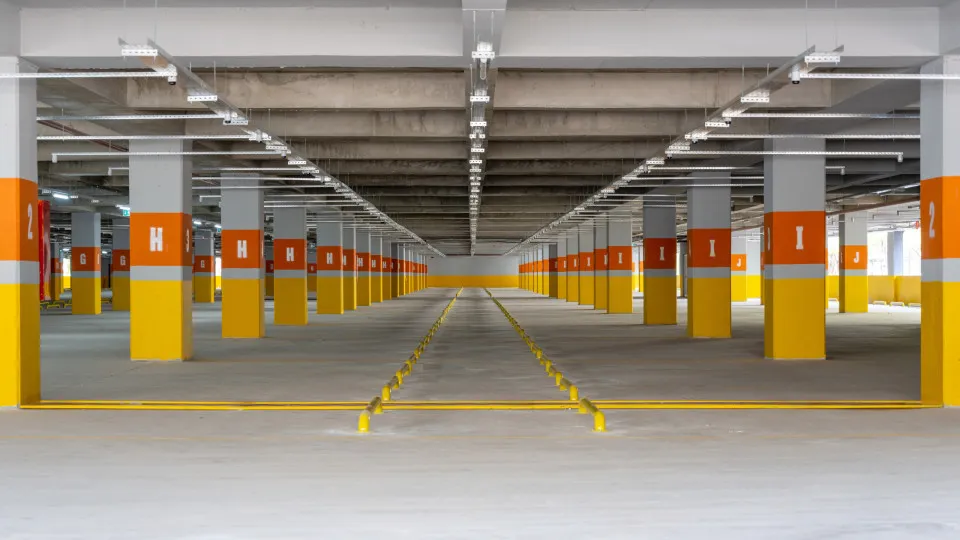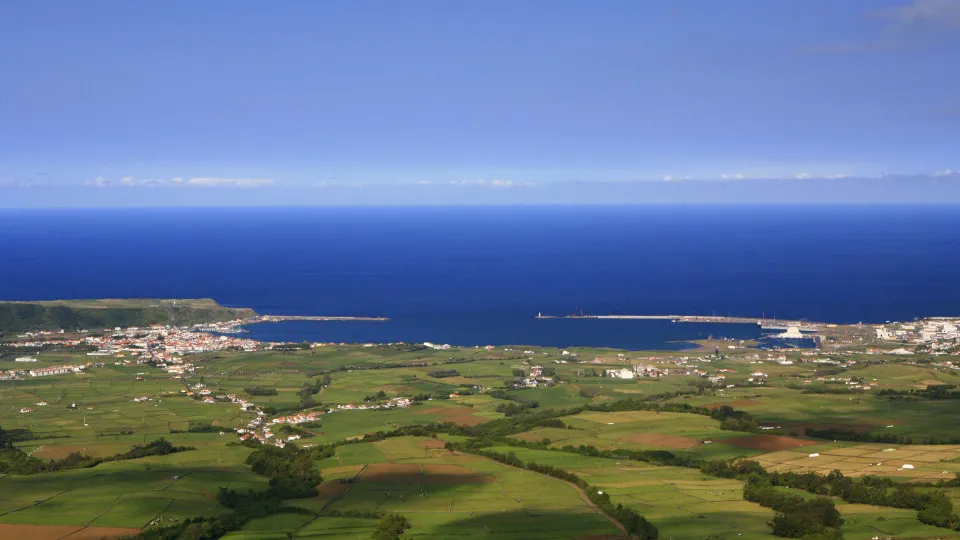
At the Millennium BIM bank’s economic conference in Maputo, Mozambique’s Planning and Development Minister, Salim Valá, announced updated forecasts indicating a 5.7% economic contraction in the fourth quarter of 2024 during a period of post-election unrest.
In the first half of 2025, there was a contraction of 2.4%, with projections suggesting a recovery of 2.1% and 3.4% in GDP for the third and fourth quarters of 2025, respectively, Valá stated.
The forecast predicts a GDP of 1.6% by year-end, lower than the 2.9% projected in the 2025 Economic and Social Plan and State Budget (PESOE). For 2026, the initial GDP growth forecast of 3.2% may be revised down to around 2.8%, exceeding the 2025 projected growth rate, Valá pointed out.
He recalled that from 2021 to 2024, the country averaged a GDP growth of 2.63%, following 2.38% between 2016 and 2020, and 7.43% from 2000 to 2015.
“Mozambique’s economic growth has been driven by agriculture, services, trade, energy, some mining and hydrocarbon projects, and a gradual post-pandemic recovery. This growth level is positive but still far from desired impacts on poverty reduction, employment, and family welfare,” he emphasized.
Valá noted that “macroeconomic signals are encouraging,” particularly regarding inflation, which, after peaking post-pandemic, decreased to 4.8% year-on-year by October.
“The metical has shown relative resilience compared to other currencies, international reserves are managed prudently, and the country is working to enhance fiscal discipline in a context of limited budget space and significant social needs,” he listed.
He further elaborated that Mozambique’s trade balance “remains strongly marked by exports of coal, aluminum, gas, energy, graphite, and some agricultural products.”
“We remain overly dependent on raw materials, but there are emerging signs of diversification in agro-industry, logistics services, and blue economy initiatives,” he said.
Simultaneously, he highlighted the nation’s “significant vulnerabilities,” including exposure to “climate shocks” such as cyclones, floods, and droughts, which have led to billions in losses over two decades.
“We have insufficient infrastructure for roads, rural energy, logistics, and storage, and we are sensitive to international price fluctuations of fuels, fertilizers, and food,” he acknowledged.
Valá also cited challenges like indebtedness, fiscal pressures, and limited foreign currency supply, compounded by structural vulnerabilities present both in national accounts and community levels, such as low productivity, high informality, and territorial inequalities.




